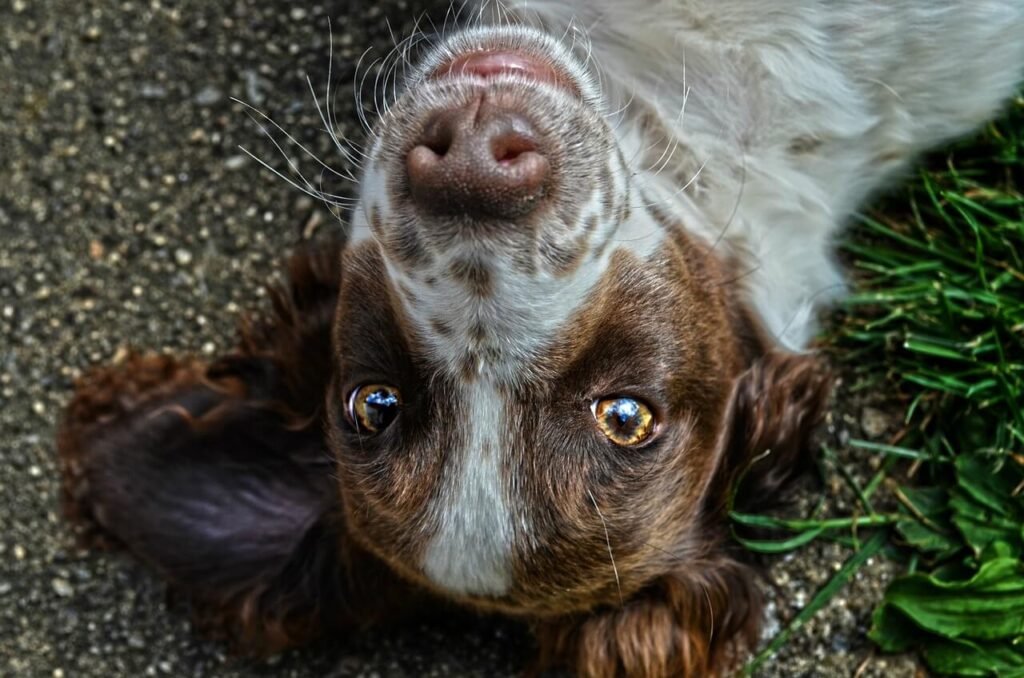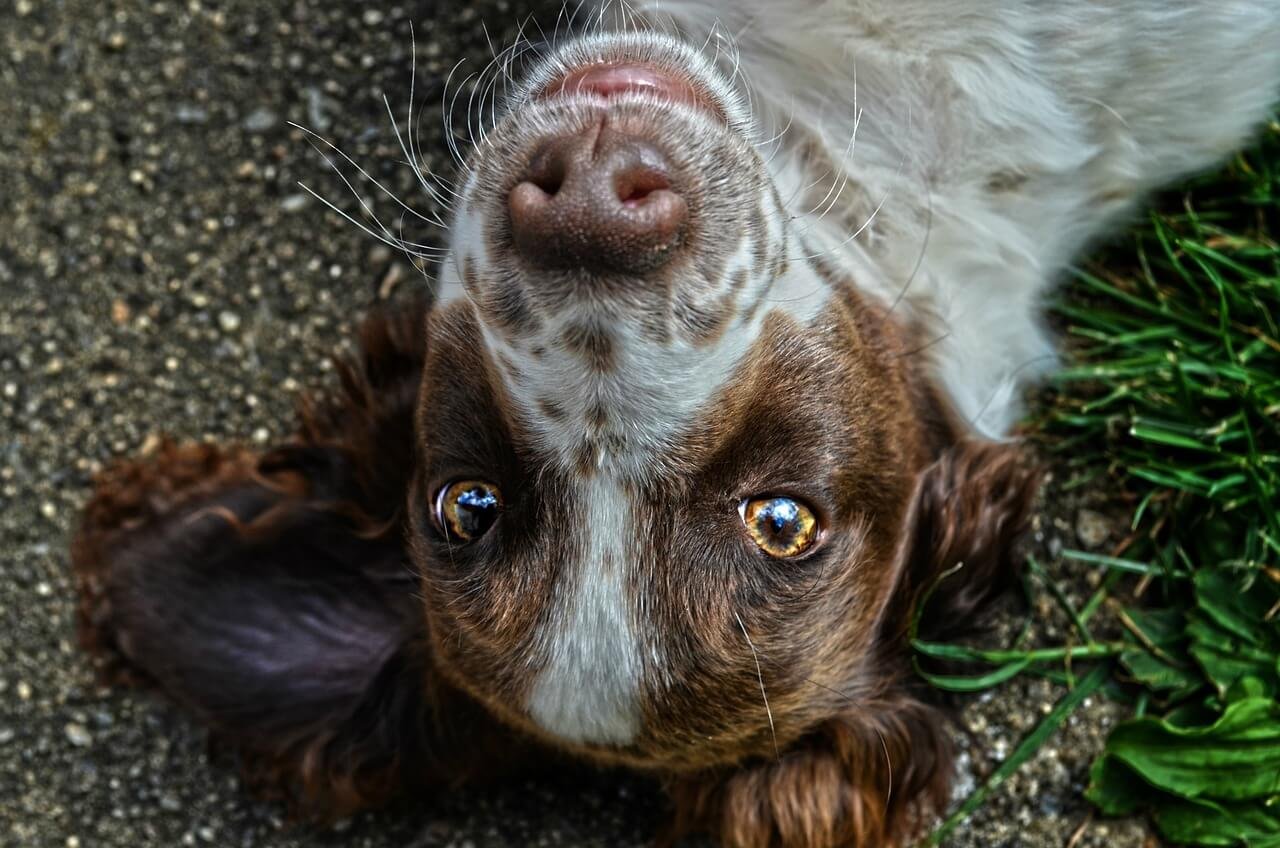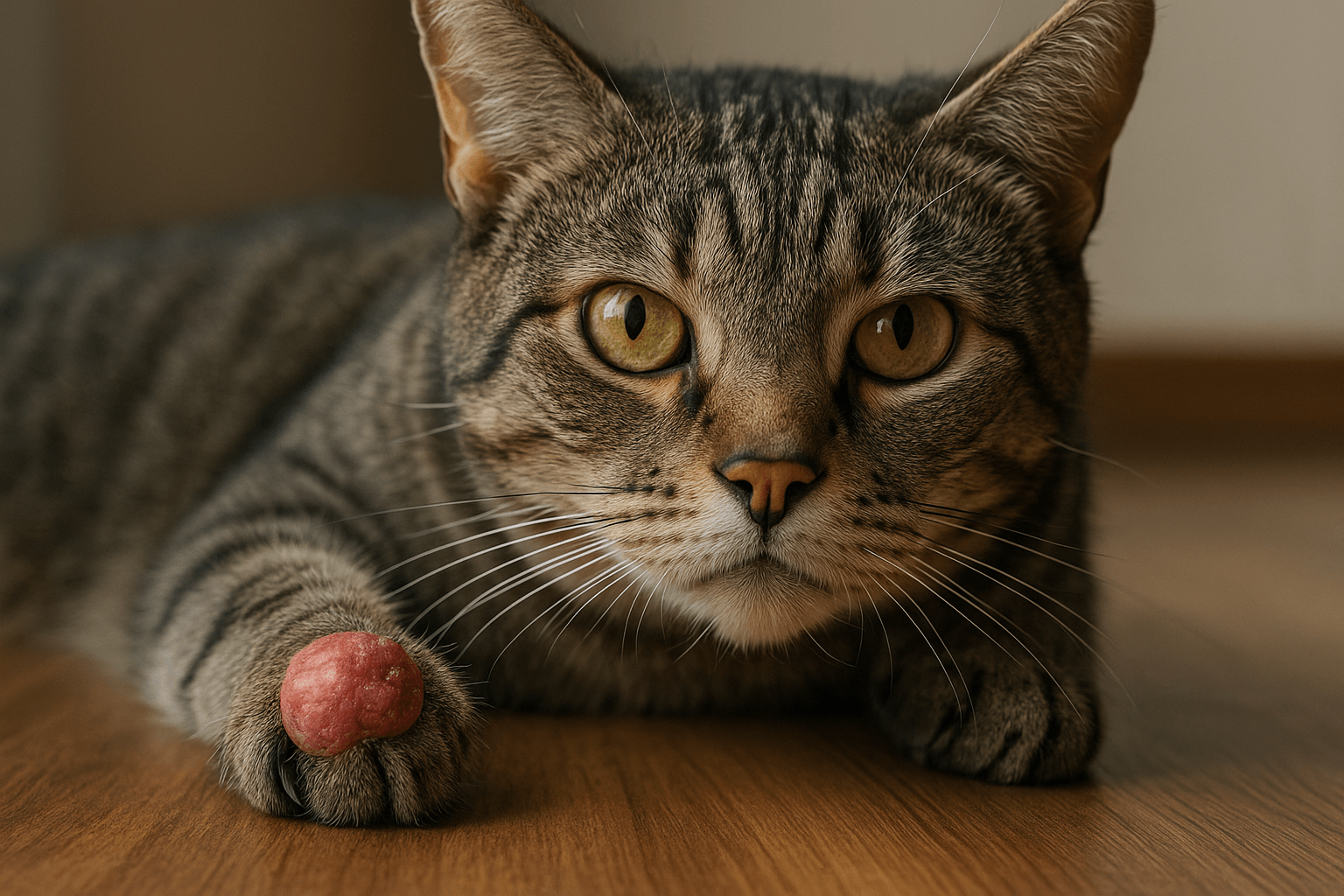Why Do Dogs Eyes Glow in the Dark? Unveiling the Mystery
Have you ever noticed your dog’s eyes glowing eerily in the dark, almost like tiny lanterns? This fascinating phenomenon has intrigued pet owners for generations. While it might seem supernatural, there’s a perfectly scientific explanation behind why dogs’ eyes glow in low light. Their unique eye structure allows them to see better in dim environments, giving them an edge as nocturnal hunters or vigilant companions. In this blog post, we’ll explore the science behind this glowing effect, why it happens, and what it reveals about your dog’s incredible vision. By the end, you’ll not only understand this mysterious glow but also appreciate the wonders of canine biology even more.
The Science Behind Dogs’ Glowing Eyes
The glowing effect in dogs’ eyes is caused by a special layer of tissue called the tapetum lucidum. This reflective layer enhances their night vision by amplifying available light. Here’s how it works:
Tapetum Lucidum: This mirror-like layer sits behind the retina and reflects light back onto the photoreceptor cells, maximizing light absorption.
Light Reflection: The reflected light creates the glowing appearance we see in photos or darkness, often appearing green, blue, or yellow.
Enhanced Night Vision: The tapetum lucidum allows dogs to see up to five times better than humans in low-light conditions.
Species Variation: The color and intensity of the glow can vary depending on the breed, age, and eye pigmentation of the dog.
Evolutionary Advantage: This adaptation helped wild ancestors of dogs hunt and navigate at night, ensuring survival in the wild.
Understanding the role of the tapetum lucidum helps explain why dogs’ eyes glow in the dark and highlights their superior ability to thrive in dim environments.
Factors That Affect the Glow in Dogs’ Eyes
While all dogs have a tapetum lucidum, several factors influence the appearance and intensity of the glow. These variations make each dog’s glowing eyes unique. Here’s what affects the glow:
Breed Differences: Breeds with lighter-colored eyes, like Siberian Huskies, may have a brighter glow compared to those with darker eyes.
Age of the Dog: As dogs age, changes in their eye structure can alter the intensity or color of the glow.
Eye Health: Conditions like cataracts or retinal issues can affect how light reflects off the tapetum lucidum.
Light Source: The angle and type of light (e.g., camera flash, moonlight) impact the brightness and hue of the glow.
Coat Color: Dogs with lighter fur around their eyes may appear to have a more pronounced glow due to contrast.
These factors remind us that every dog’s glowing eyes are a reflection of their individual traits and health. Observing these details can help you notice any changes that might indicate underlying issues.
Check this guide 👉Natural Remedy for Dog Eye Infection: Best 7 Tips!
Check this guide 👉Understanding Dog Eye Cancer: Best 7 Expert Tips!
Check this guide 👉How to Clean Dog Eye Boogers: Best 7 Expert Tips!

Factors Influencing Eye Glow | What It Means |
|---|---|
Brightness of Glow | Indicates the condition of the tapetum lucidum |
Color of Glow | Varies by breed and eye pigmentation |
Angle of Light | Affects how the glow appears to observers |
Age of the Dog | Older dogs may have dimmer or altered glows |
Presence of Eye Issues | Changes in glow could signal health concerns |
How to Capture the Glow in Photos
If you’ve ever tried to photograph your dog’s glowing eyes, you know it can be tricky to get the perfect shot. However, with a few tips, you can capture this mesmerizing effect beautifully. Here’s how:
Use a Flash: Position your camera so the flash hits your dog’s eyes directly to illuminate the tapetum lucidum.
Shoot in Low Light: Dim lighting enhances the glow, making it more prominent in photos.
Adjust the Angle: Experiment with different angles to find the one that maximizes the reflection.
Avoid Red-Eye Reduction: Turn off red-eye reduction features, as they can interfere with capturing the natural glow.
Edit Carefully: Enhance brightness or contrast slightly in photo editing software to highlight the glow without overdoing it.
With these techniques, you can create stunning images that showcase your dog’s glowing eyes while preserving their natural beauty.
Common Misconceptions About Dogs’ Glowing Eyes
There are several myths surrounding why dogs’ eyes glow in the dark. Clearing up these misconceptions can deepen your understanding of this natural phenomenon. Here’s what you should know:
Myth: It’s Dangerous or Harmful.
Reality: The glow is completely normal and a sign of healthy eye function in most cases.Myth: All Dogs Glow the Same Color.
Reality: The color of the glow varies based on breed, age, and other factors.Myth: Only Certain Breeds Have Glowing Eyes.
Reality: All dogs have a tapetum lucidum, though the intensity of the glow may differ.Myth: It’s Related to Supernatural Abilities.
Reality: The glow is purely biological and has no mystical or paranormal connection.Myth: Glowing Eyes Always Indicate Good Health.
Reality: While normal, changes in the glow could signal eye problems that need veterinary attention.
By dispelling these myths, you can focus on appreciating the science and beauty behind your dog’s glowing eyes.
Fun Facts About Dogs’ Eyes
Dogs’ eyes are full of fascinating quirks and features that set them apart from human eyes. Here are some fun facts about canine vision and their glowing eyes:
Wide Field of View: Dogs have a field of view of about 240 degrees, compared to humans’ 180 degrees, giving them better peripheral vision.
Fewer Color Receptors: Dogs see fewer colors than humans, primarily shades of blue and yellow, but excel in detecting motion.
Vertical Slit Pupils: Some breeds, like Greyhounds, have vertical slit pupils that help them track prey more effectively.
Third Eyelid: Dogs have a nictitating membrane, or “third eyelid,” that protects and moistens their eyes.
Night Vision Trade-Off: While dogs see better in the dark, their visual acuity is lower than humans’, making objects appear blurrier.
These facts highlight the unique qualities of dogs’ eyes and their evolutionary advantages. They truly are remarkable creatures!
How to Protect Your Dog’s Eyes
Taking care of your dog’s eyes is essential to maintaining their health and ensuring their glowing eyes remain bright. Here are some tips for protecting your dog’s vision:
Regular Check-Ups: Schedule annual eye exams with your veterinarian to catch potential issues early.
Clean Gently: Use a damp cloth to wipe away dirt or debris from around your dog’s eyes regularly.
Avoid Trauma: Keep your dog away from sharp objects or situations where their eyes could be injured.
Monitor Changes: Watch for signs of eye problems, such as excessive tearing, redness, or cloudiness.
Provide Balanced Nutrition: Feed your dog a diet rich in antioxidants like vitamins A and E to support eye health.
By prioritizing your dog’s eye care, you ensure they continue to enjoy clear vision and vibrant glowing eyes for years to come.
Breeds with the Most Striking Eye Glow
Some dog breeds are known for their particularly striking eye glow, thanks to their unique eye structures and pigmentation. If you’re fascinated by glowing eyes, here are some breeds to admire:
Siberian Husky: Known for their icy blue eyes, Huskies often have a bright, ethereal glow.
German Shepherd: Their large, expressive eyes frequently emit a golden or greenish hue.
Labrador Retriever: Labs tend to have a warm, amber glow that complements their friendly demeanor.
Dalmatian: With their striking spotted coat, Dalmatians’ glowing eyes add to their distinctive appearance.
Beagle: Beagles often have a soft, pale glow that matches their gentle personalities.
These breeds exemplify the diversity and beauty of dogs’ glowing eyes, showcasing nature’s artistry in action.
Frequently Asked Questions About Dogs’ Glowing Eyes
Why do dogs’ eyes glow in the dark?
The glow is caused by the tapetum lucidum, a reflective layer that enhances night vision.
Is it normal for my dog’s eyes to glow differently than others?
Yes, variations in glow color and intensity depend on breed, age, and eye pigmentation.
Can I prevent my dog’s eyes from glowing in photos?
You can reduce the glow by avoiding direct flash or using diffused lighting.
Does the glow mean my dog can see better than me?
Yes, the tapetum lucidum gives dogs superior night vision compared to humans.
Should I worry if my dog’s eyes stop glowing?
A sudden change in glow could indicate an eye issue, so consult your vet if you notice anything unusual.
In Conclusion: Appreciating the Wonder of Dogs’ Glowing Eyes
The mystery of why dogs’ eyes glow in the dark is a testament to the incredible adaptations nature has bestowed upon our furry friends. From the tapetum lucidum to their enhanced night vision, this phenomenon reminds us of the remarkable ways dogs have evolved to thrive alongside humans. Whether you’re marveling at their glowing eyes during a nighttime walk or capturing it in a photo, take a moment to appreciate the science and beauty behind it. By understanding this trait, you gain a deeper appreciation for your dog’s unique abilities—and perhaps a little inspiration to see the world through their eyes.
Cuterebra Larvae in Cats: Best 7 Expert Tips! – Expert advice on signs, treatment & prevention of this rare but serious feline parasitic infestation.
Cuterebra Larvae in Dogs: Best 7 Expert Tips! – Expert advice on signs, treatment & prevention of this rare but serious parasitic infestation.
Cat Tumor on Paw: Best 7 Expert Tips! – Expert advice on signs, diagnosis, treatment & care for feline paw tumors.
Panacur Side Effects in Dogs: Best 7 Expert Tips! – Safe usage, common reactions & when to call the vet.





